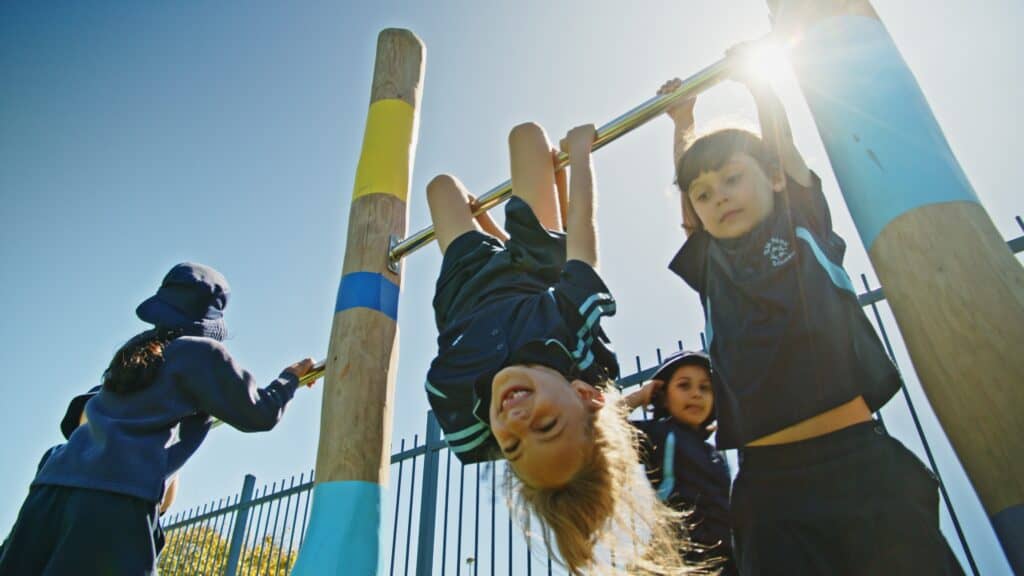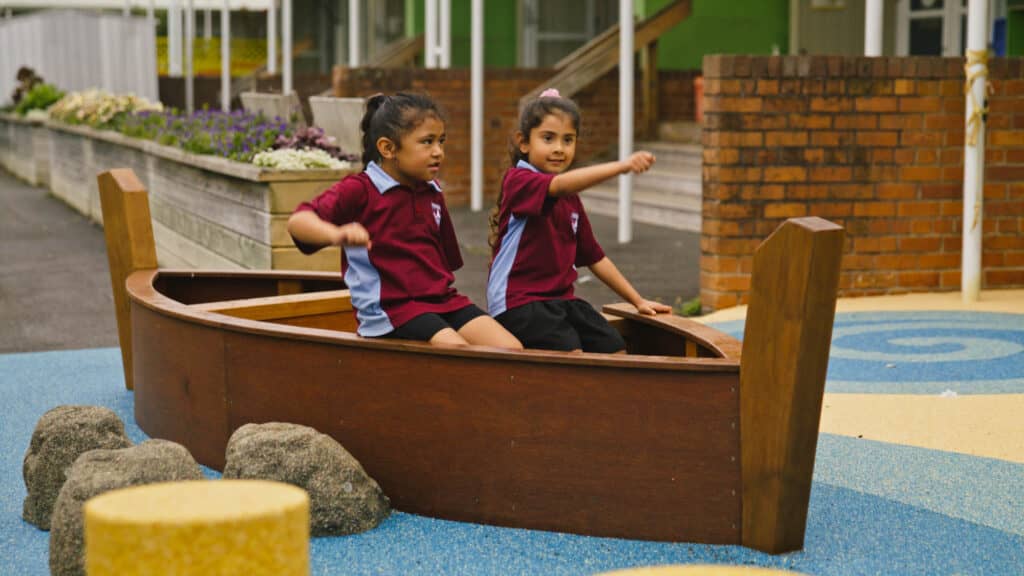We all know playgrounds are meant to be fun, thrilling, and challenging. They can also be a focused environment for all users. You can make a learning-focused playground in many ways, and in this article, we will cover what features you need to include in your space to foster learning!
The Essence of Learning-Focused Playgrounds
Learning-focused playgrounds are designed with a core philosophy: play is vital to learning and development. These playgrounds go beyond traditional play structures to include elements that stimulate children’s cognitive, sensory, and social development.
Key Features of Learning-Focused Playgrounds
- Educational Play Equipment: Think beyond slides and swings. Include interactive panels, puzzles, and movable equipment that challenge children’s thinking and motor skills. These tools encourage exploration and problem-solving in an open-ended, creative way.
- Sensory Elements: Incorporate tactile, auditory, and visual elements. Sensory play is inclusive and engages various senses. It helps brain development and problem-solving skills. Don’t forget about educational signage, an excellent tool for inclusive learning, integrating users of different abilities and backgrounds.
- Nature Integration: Integrating natural elements like gardens, adventure playgrounds, and water features not only soothes but also educates about the environment. It’s a subtle yet powerful way to foster environmental awareness.
- Inclusive Design: A playground should welcome everyone. Designing for inclusivity means considering people of all ages and abilities, and they can play and learn together, fostering a sense of community, and enhancing communication skills.

Benefits of Learning-Focused Playgrounds
- Cognitive Development: These playgrounds boost problem-solving skills and creativity. They offer a less structured form of learning, allowing children to explore and learn at their own pace.
- Physical Growth: Features like monkey bars and obstacle courses present managed risks crucial for physical development. Risky play is shown to build resilience and improve problem-solving abilities.
- Social Skills: Incorporate elements that encourage group play and teamwork. This not only enhances communication skills but also teaches empathy and cooperation.
- Emotional Well-being: Play is a natural stress reliever. A well-designed playground can provide a safe space for emotional expression and development.

Learning-focused playgrounds are areas that set the grounds for the next generation. By investing in these spaces, communities and schools can significantly contribute to the holistic development of children.
Embrace the concept of learning playgrounds and create spaces that are not just fun but also enriching and educational. Remember, a playground that combines fun with learning is a playground that shapes brighter futures.
Let’s build these spaces together, call us on 0800 000 334 or send and email to [email protected] and we can guide you through the whole process.
